| |
What is Frailty in HIV?: Geriatric Syndrome to Physiologic Process
|
| |
| |
Reported by Jules Levin, NATAP
from Jules: this is an interesting & well done presentation, it reviews what is frailty? How is frailty different in HIV? You will see 2 slides of note below "Frailty Index" which lists numerous specific health issues, mental status, and comorbidities associated with being frail, and studies associating frailty with mortality, a 2nd slide "What about HIV and frailty?" lists comorbidities & HIV measures associated with frailty. The research to me is clear HIV+ experience greater inflammation & immune activation - suppressing HIV viral load to undetectable levels significantly reduces inflammation, which is a major reason the HHS ART Guidelines recommend considering HAART as son as one knows they have HIV - compared to HIV-negative individuals & immune activation as well, but even with this beneficial affect HIV+ individuals still have residual inflammation & activation - exercise & proper diet can significantly reduce further inflammation & immune activation - HIV accelerates the aging process but so do other factors most likely like a history of drug abuse, poor diet, lack of exercise, being sedentary, of course genes; as well, HIV+ individuals are at greater risk for developing comorbidities more often & sooner than HIV-negatives & this is part of the acceleration aspect, that HIV can accelerate some comorbidities to occur more often & sooner in HIV+, like bone disease, heart disease, mental & cognitive decline. PREVENTING COmorbidities - Its important to note that evaluating & monitoring for these comorbidities can help in preventing them & delaying their onset. Identifying heart disease developments like monitoring lipids, evaluating heart function by doctor can go a long way in preventing heart disease. Checking for bone loss with a DEXA test can detect the level of bone loss & testing your vitamin D levels can suggest to you if you need vitamin D supplements & calcium supplements & if one has osteoporosis & perhaps its time to begin treatment such as Fosamax & their are new bone treatments in phase 3 studies. There was a poster at CROI 2014 that had a graph depicting the slope of decline/aging decline in HIV+ & HIV-neg and after 60 yrs old & the slope of decline of the line for HIV+ have a steeper decline compared to HIV-negatives, suggesting that after 60 yrs old HIV+ individuals may experience, perhaps at least some not all, accelerated decline compared to hiv-neg. At this time the old saw remains very true - EXERCISE & GOOD DIET remain crucial to preventing & delaying the aging process & the onset of comorbidities. WHAT is good diet? Well, there are numerous studies on diets, many on the NATAP website, studies find repeatedly that the mediterranean diet reduces inflammation & improves health. One study found vegetarian protein reduced risk for disease compared to animal diets. One study found vegetarian diet/protein (http://www.natap.org/2013/HIV/061213_01.htm) reduced risk for disease compared to animal food diets. Meanwhile federal and state governments need to act to address the needs of aging HIV+ individuals. Over 50% of HIV+ will be over 50 yrs old within 2 years & a high percent will soon be over 60 yrs old, I think 30%. The federal govt did respond to increased research, I started the education & advocacy effort about 6 years ago & the OAR, Office of AIDS Research responded & now many millions of dollars are dedicated to research, but we have not found good interventions test. STILL, the issue is that aging/older HIV+ individuals will need increased services & specialized services & care, and the federal govt & state govts need to begin devising strategies to address this serious concern. There are many concerns including older HIV+ will face greater stigma & discrimination, losing income & pensions, housing loss, worsening mobility & frailty, more comorbidities & need for increased testing & care & treatment, increased cognitive & mental concerns, increased risk for falls & bone fractures, increased risk for diabetes & heart disease & vascular disease, perhaps increased rates of certain cancers. We need to beef up the HIV healthcare system to address these needs. We need HIV/Aging Clinics in every major HIV hospital clinic to address special healthcare & personal issues. In every major city and state we could begin with an HIV Aging Czar who can serve as a liaison between patients & the healthcare system to address these needs. In every major HIV hospital & clinic there can be an Aging Counselor who can help patients secure their benefits, address housing & income issues, address care in their homes etc. All the stakeholders in HIV can participate in expanding this discussion & to help discussion surrounding forging solutions, this includes the drug/pharmacuetical companies, they have an obligation to participate in & help support & forge solutions!
Presented at
October 2-3, 2014 · Decatur, Georgia, Emory University
HIV & Aging:
From Mitochondria to the Metropolis
A translational science meeting to address the basic science, clinical
and socio-behavioral aspects of Aging with HIV/AIDS
October 3, 2014
Kris Ann Oursler, MD
Director, Geriatric Research and Education
Salem VA Medical Center
Associate Professor, Virginia Tech Carilion SOM
Adjunct Faculty, University of Maryland SOM



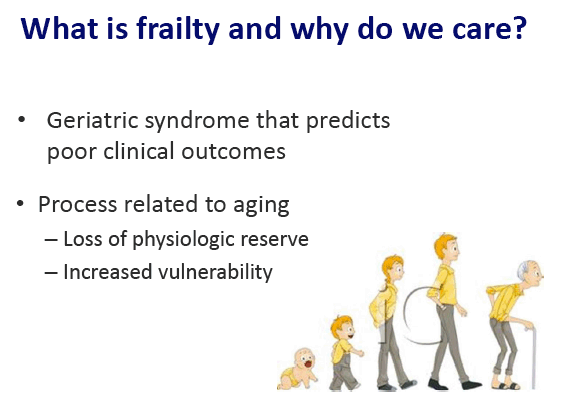

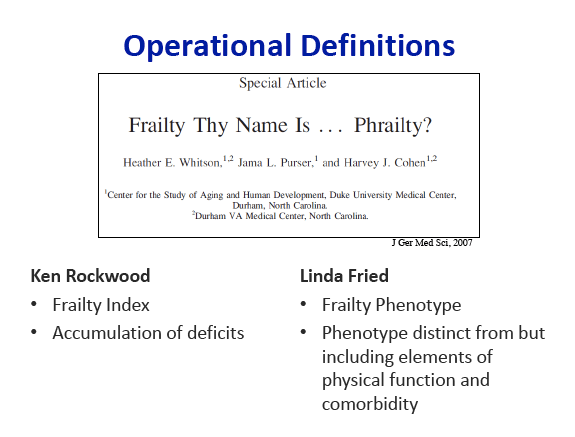
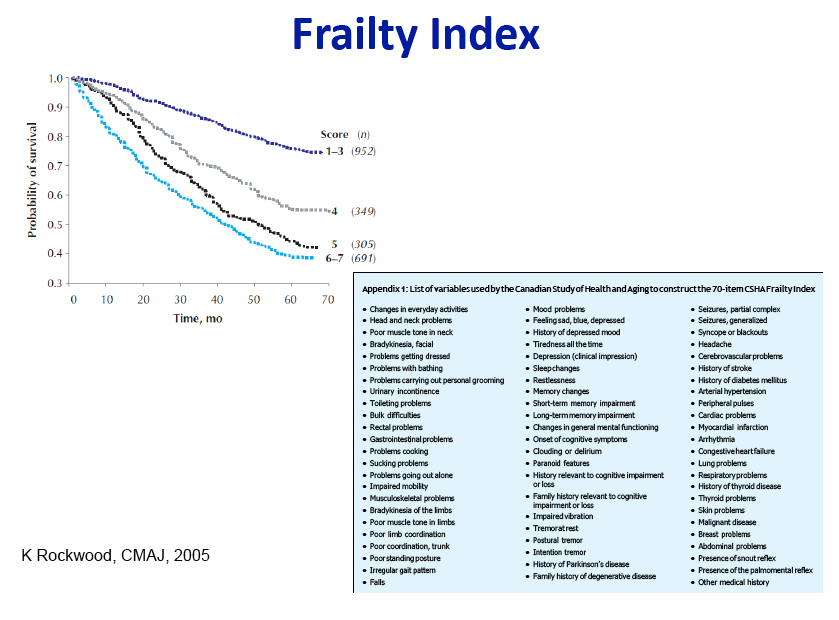
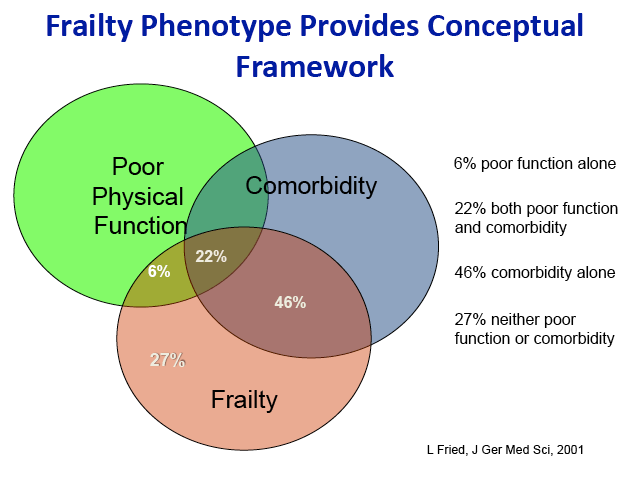
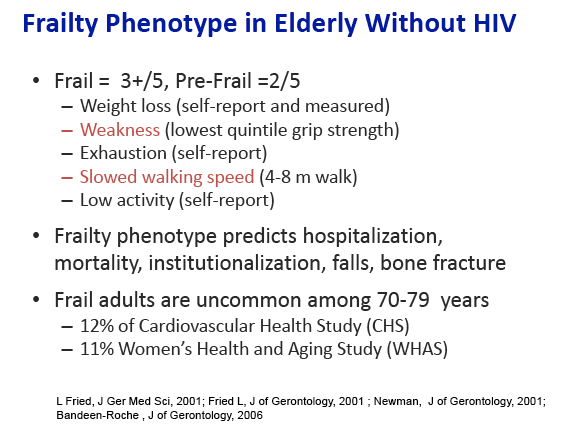
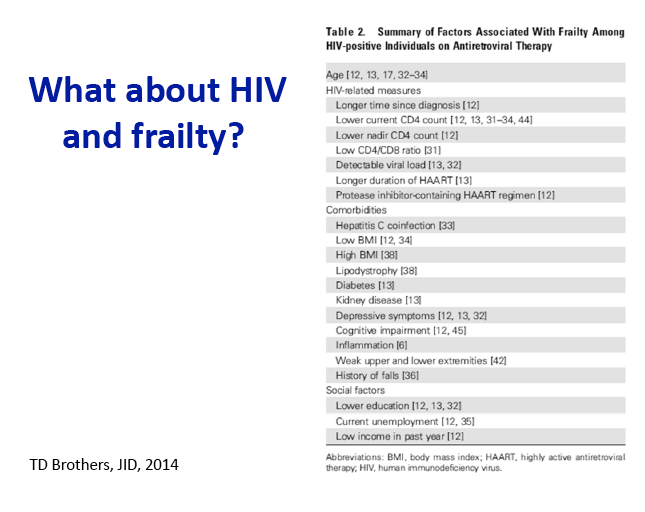
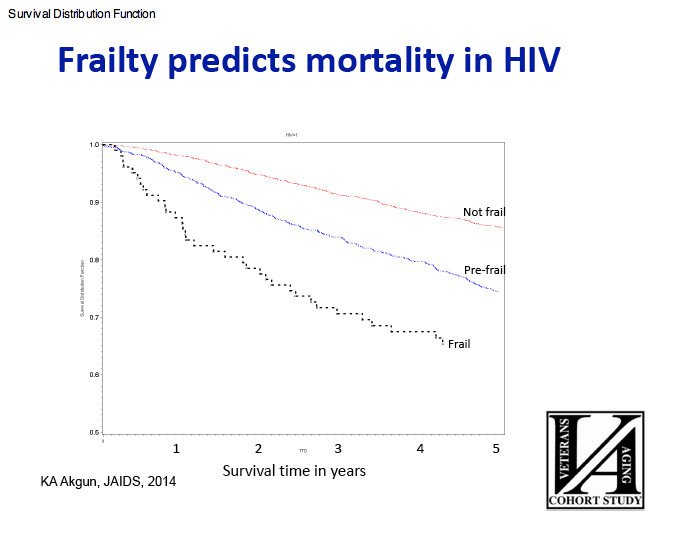
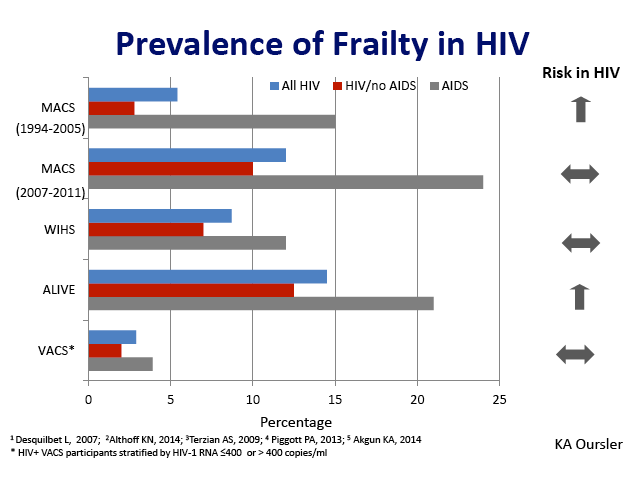
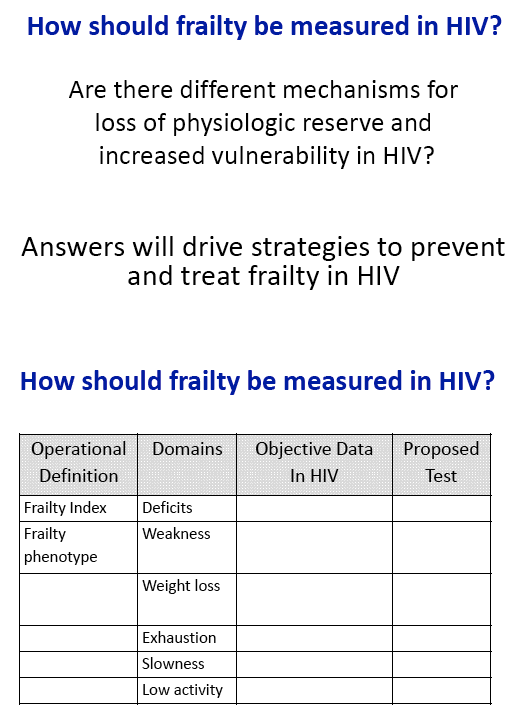
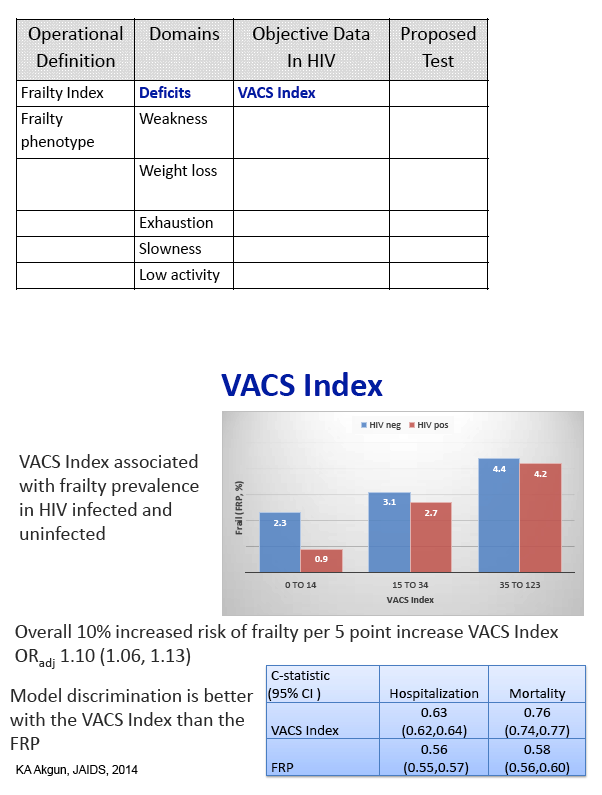
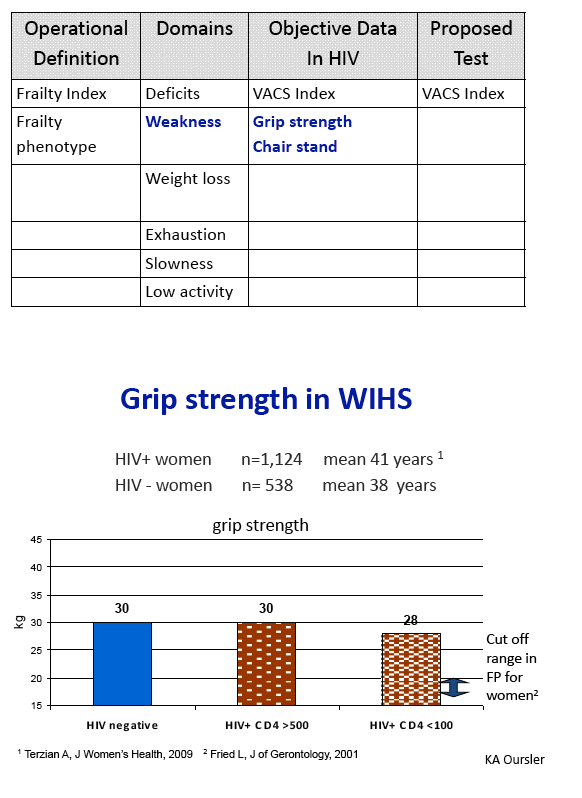
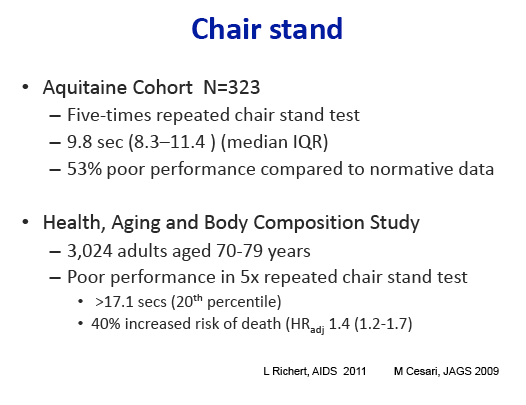
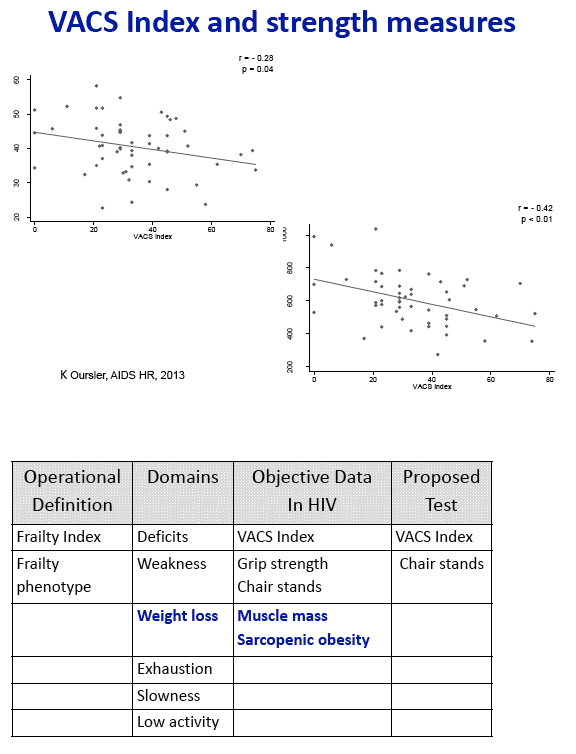
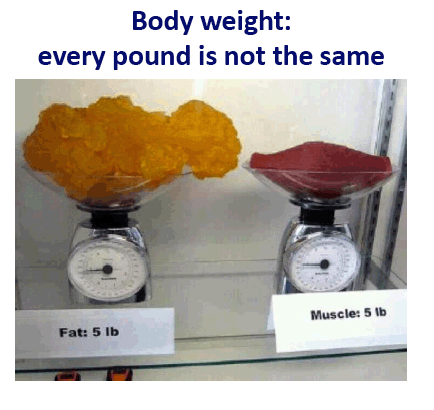
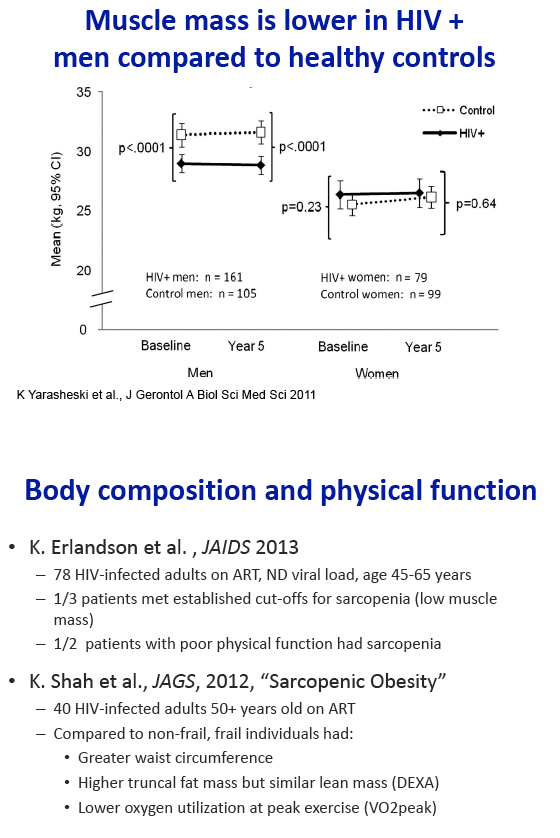
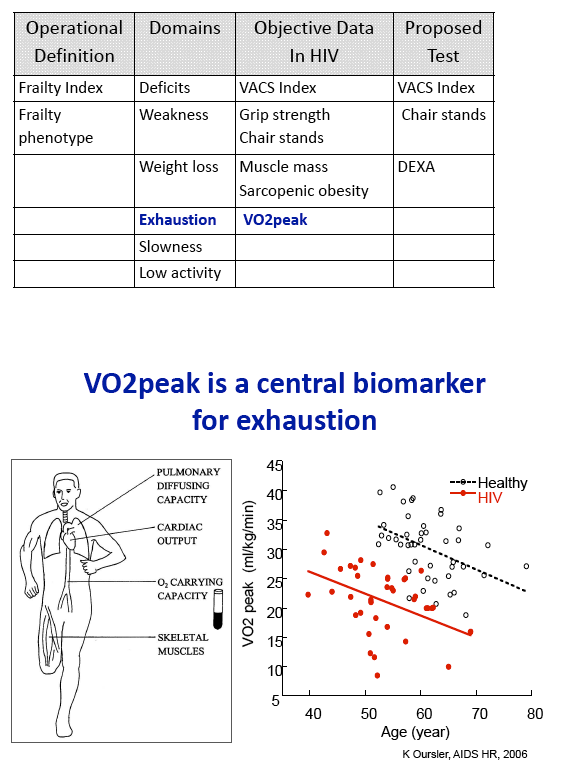

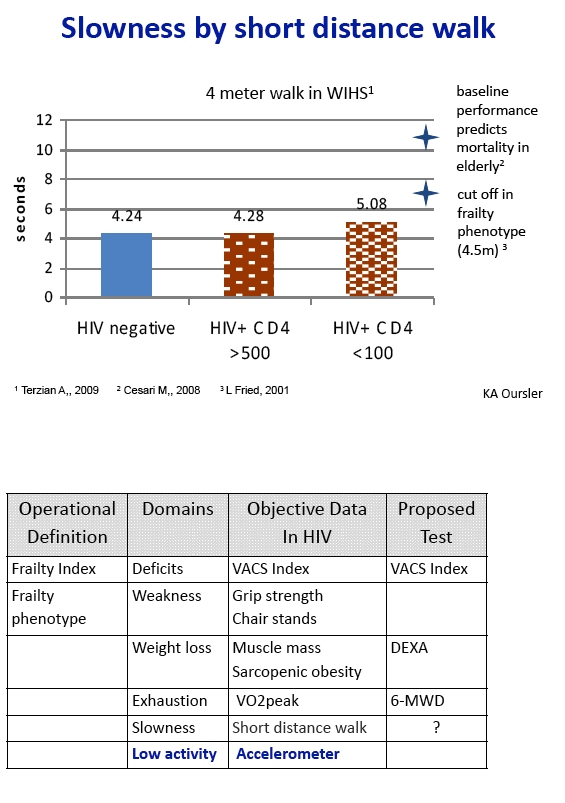
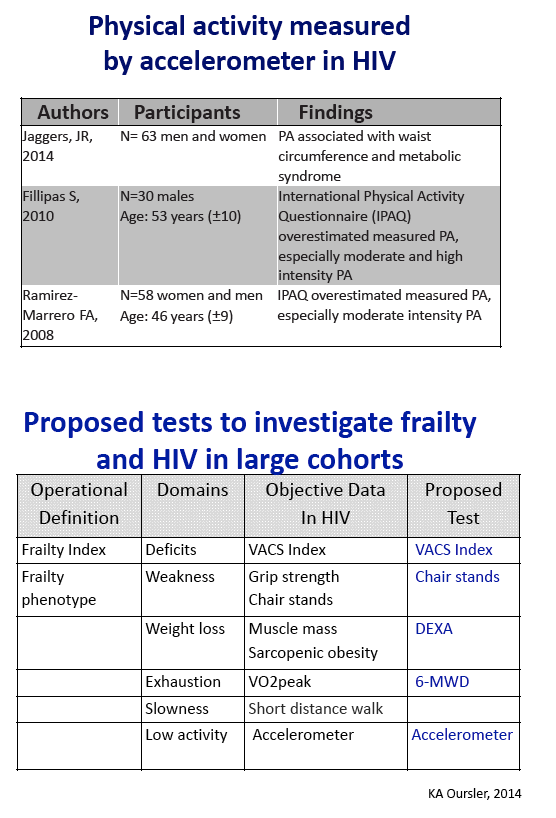
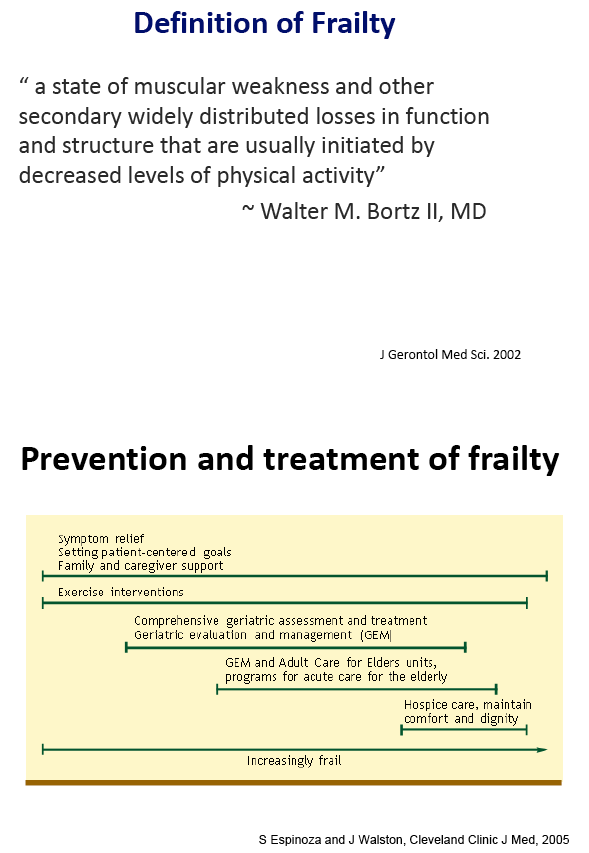

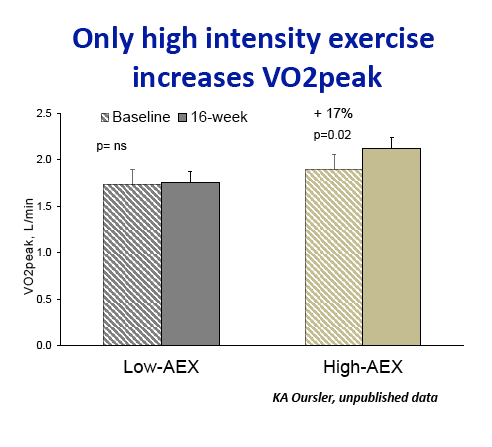
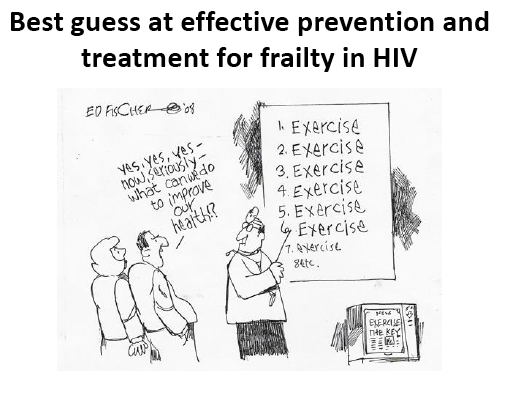
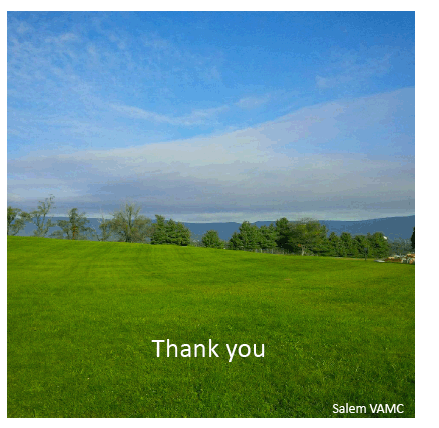
|
|
| |
| |
|
|
|